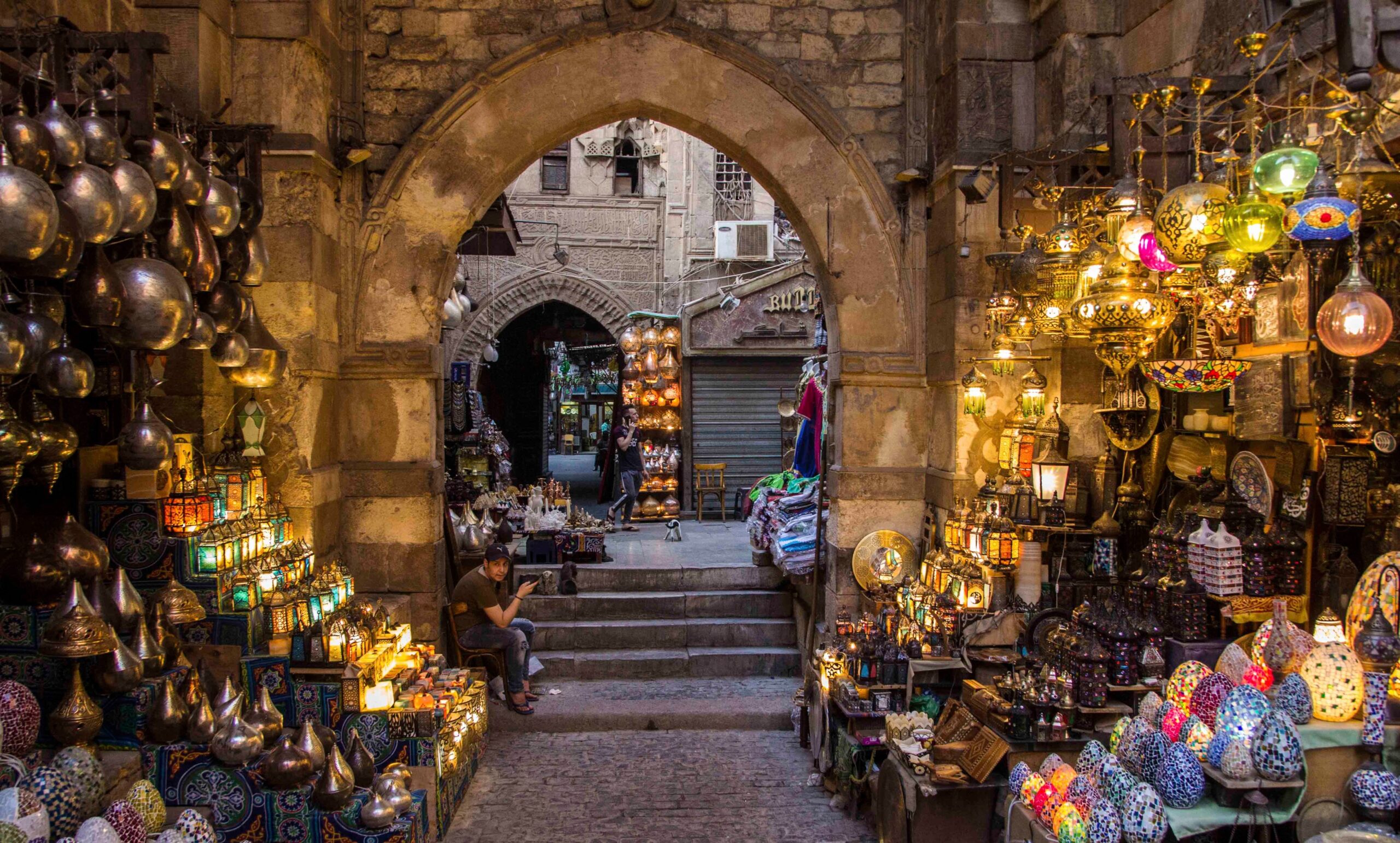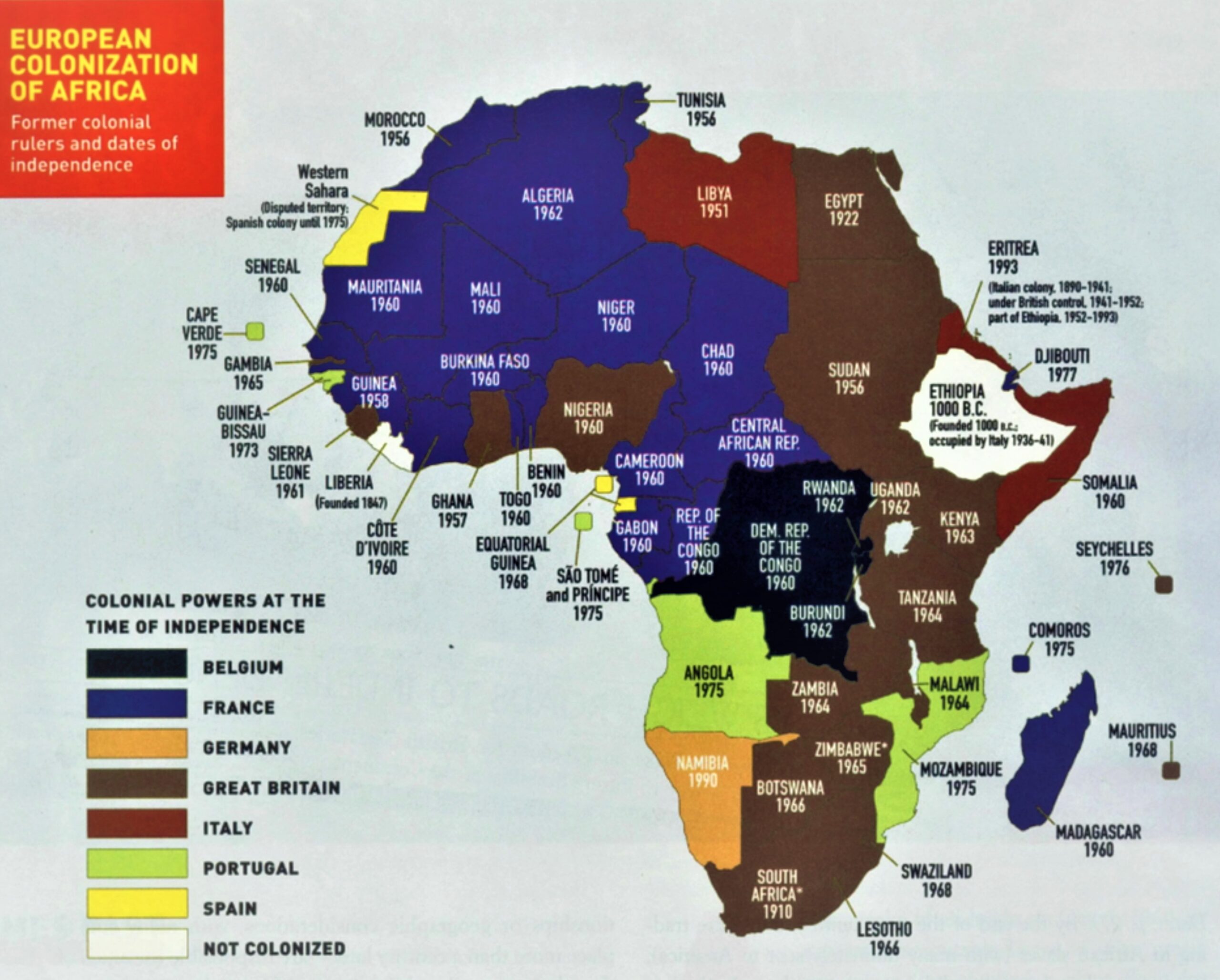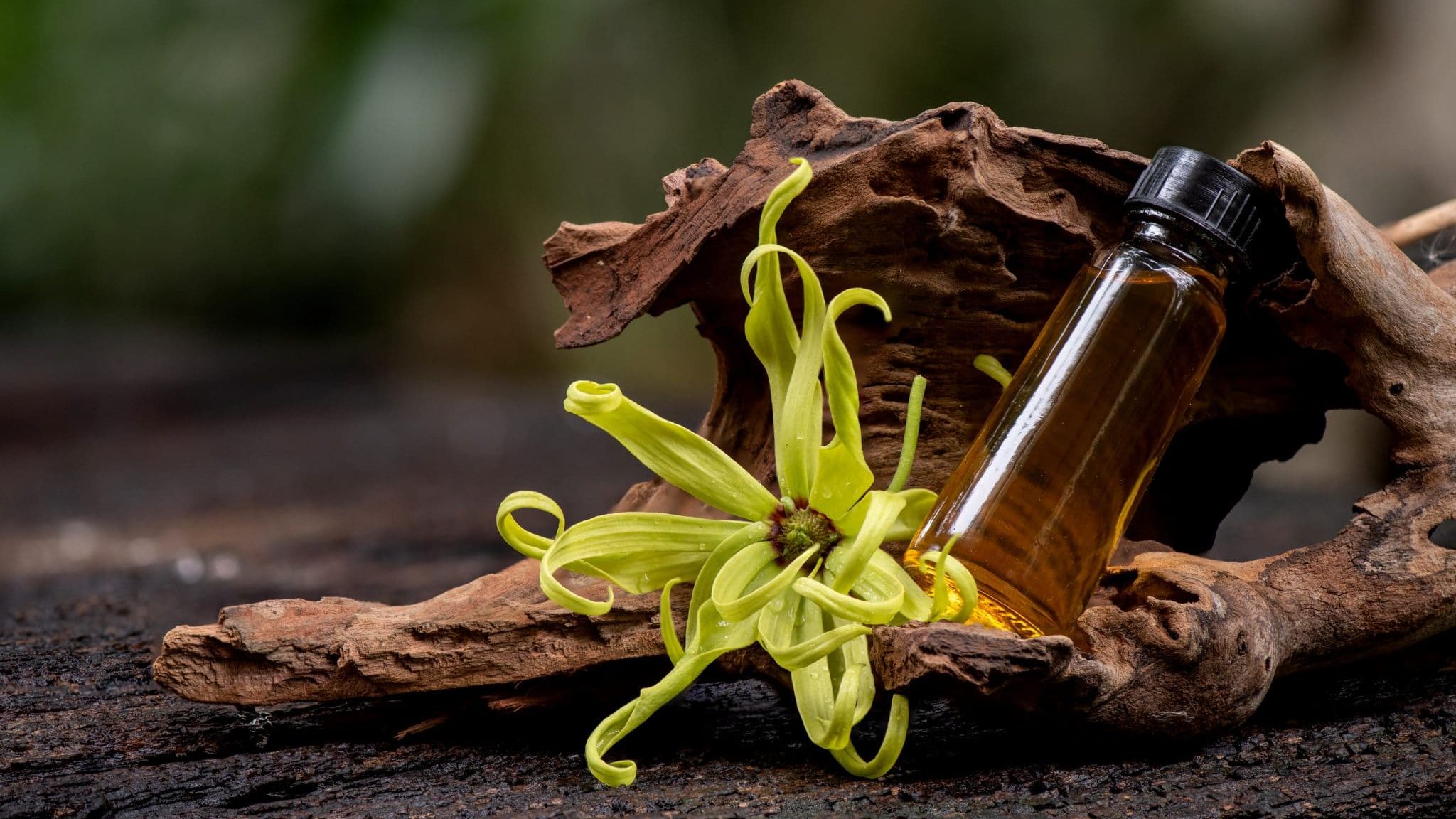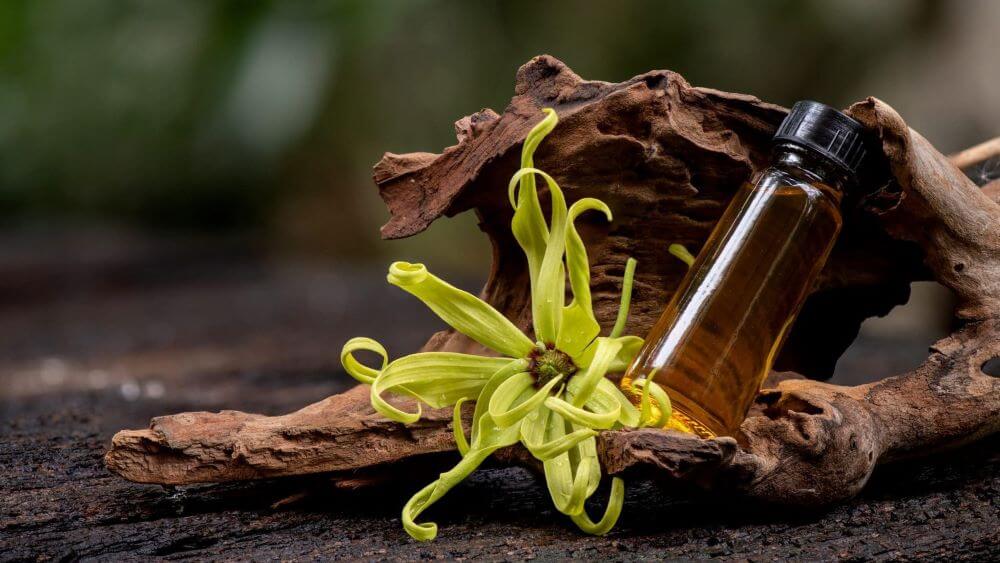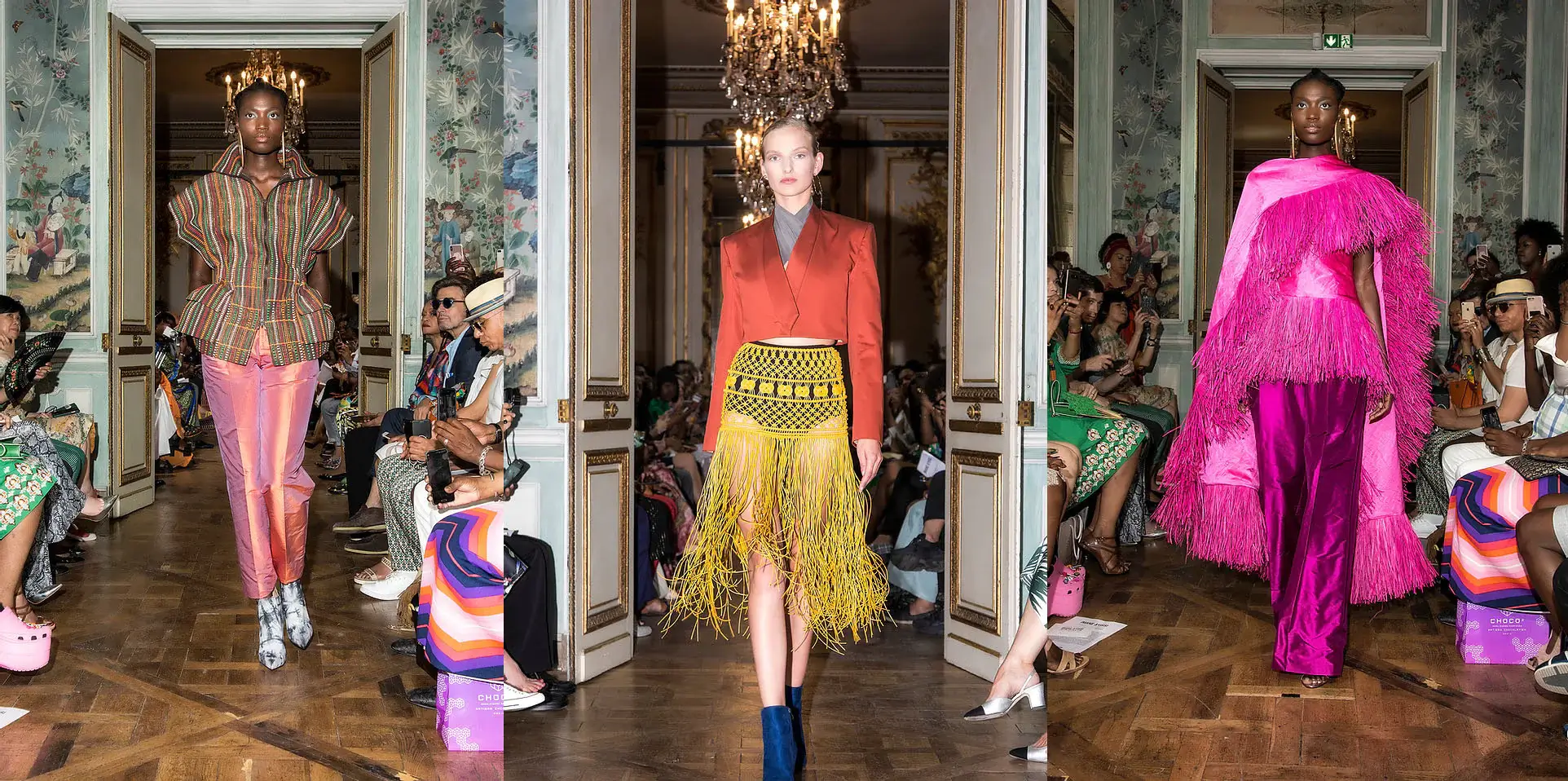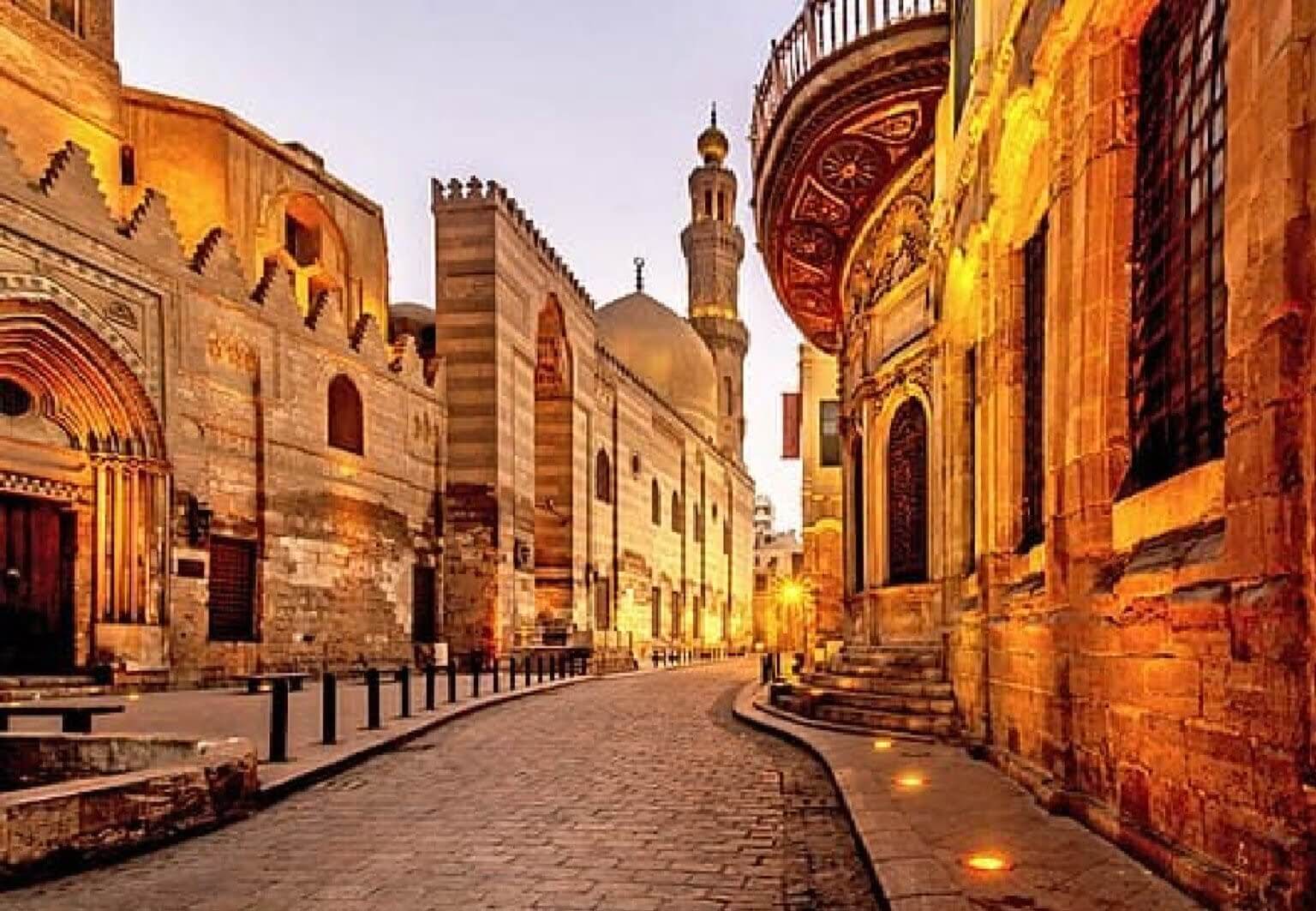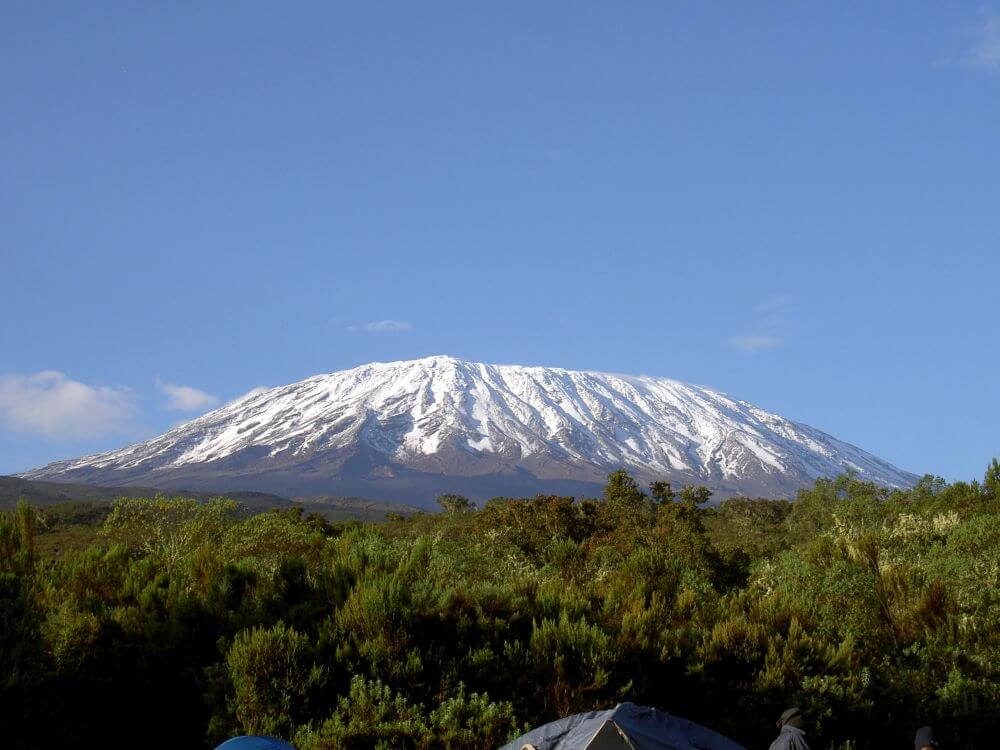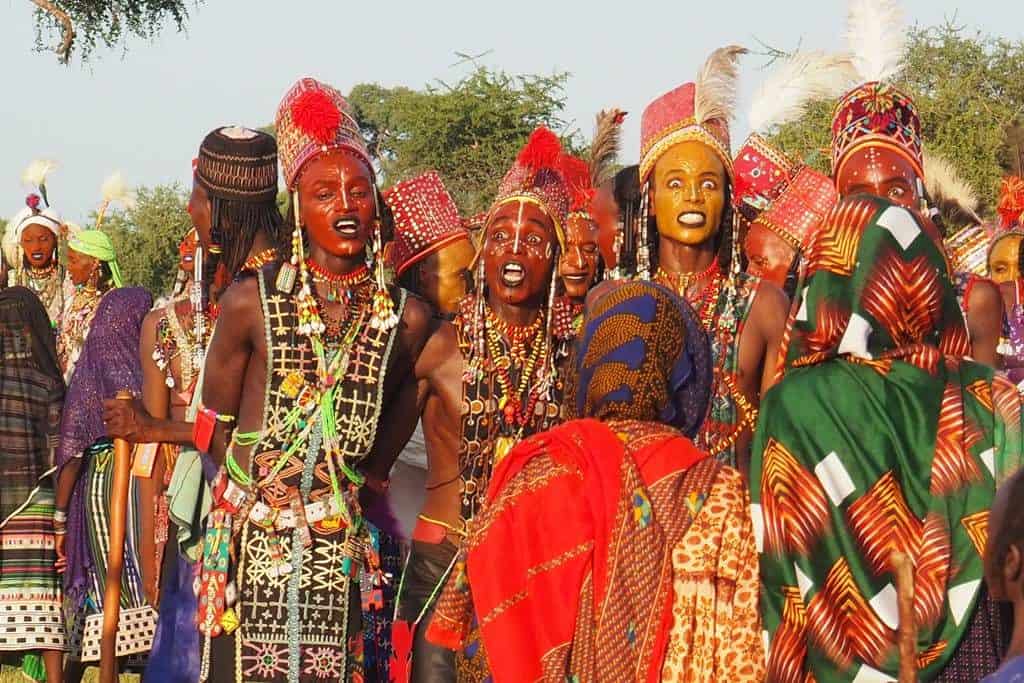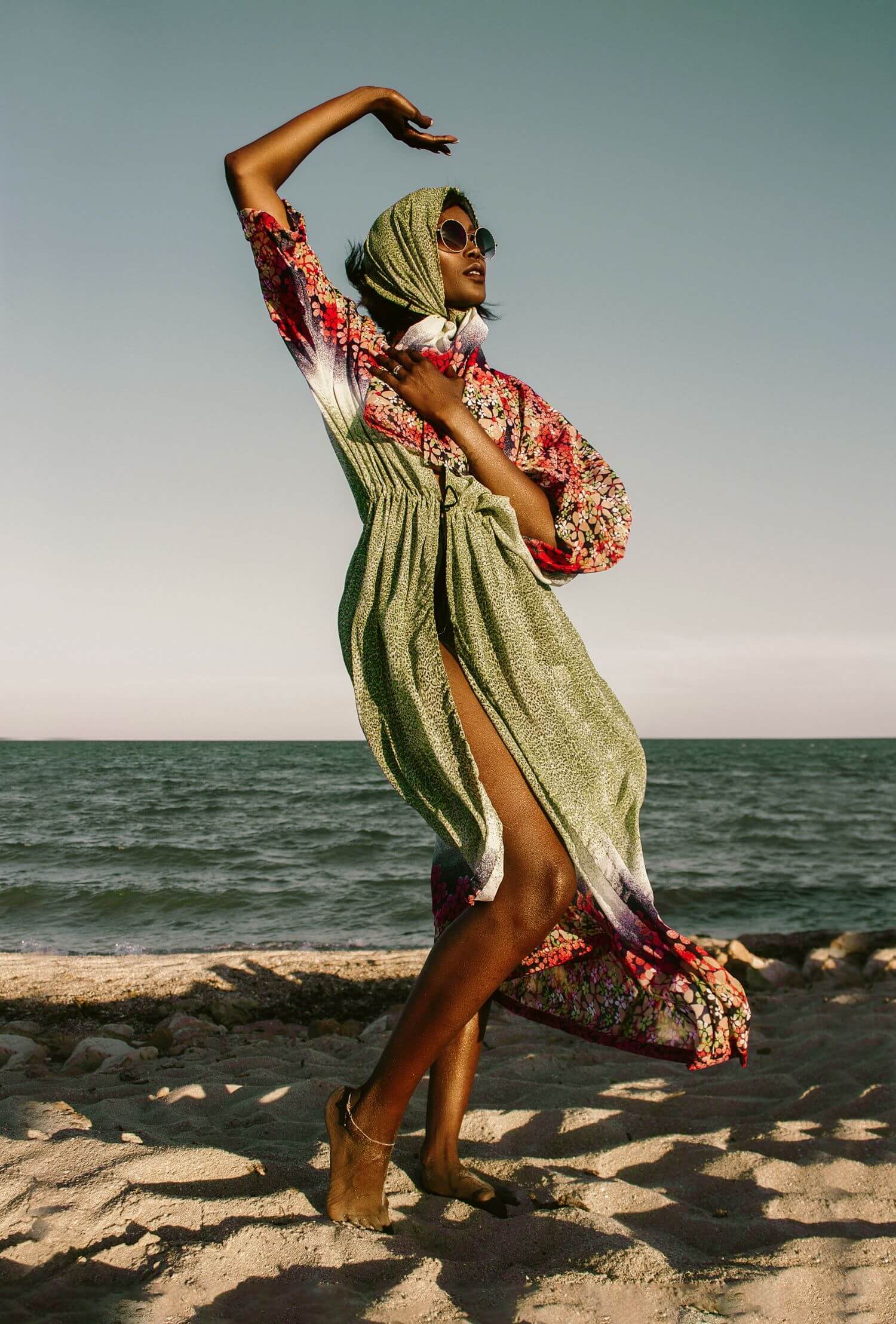Head wraps are one of the most popular women fashion statements in Africa. They’re called ‘Dukus’ in Ghana, ‘Geles’ in Nigeria’, ‘Doeks’ in South Africa, Tukwi in Botswana, ‘Turbans’ in North Africa and the horn of Africa and simply the ‘Headtie’ in Liberia. Headwraps have a rich cultural history that originated in Africa centuries ago and have become a trademark hair accessory in the Black beauty community. Beyond being a fashion statement, headwraps are cultural and spiritual markers of African women’s history. Headwraps are said to have originated in Sub-Saharan Africa in the early 1700’s and soon became prevalent among Nubian queens in Egypt. They had distinct meanings depending on the color and pattern. In the beginning of the 18th century, these designs communicated a woman’s culture and family practices. A woman selling in the market will wrap her head with a more informal wrap in the day, but at evening the same woman will wrap with a different and more elaborate wrap.
We’ve heard that the Biblical source for covering hair comes from the Torah in the book of Bamidbar Parshas Nasso which contains the source for the obligation of a married woman to cover her hair. Among Christian women in certain parts of the world, such as Africa and the Caribbean, the head tie is worn as a headcovering in obedience to 1 Corinthians 11:4–13. In Nigeria, gele, a Yoruba word, is rather large and elaborate. Although the gele can be worn for day-to-day activities, the elaborate ceremonial ones are worn to weddings, special events, and church activities. It is usually made of a material that is firmer than regular cloth. There is also the auto-gele which comes already done like flattened hats and all you do is put them on.
In Ghana, the opportunity to wear a duku usually falls on a religious day or Friday, Saturday or Sunday. This depends on whether the wearers are Muslim, Seventh-Day Adventists or Sunday church-going Christians. The duku has various styles with different meanings. Onye Otsu, Onye Oye which is tied to the side means ‘you can spend if you work.’ Urban women with plaited hair also wear a duku when visiting rural areas out of cultural respect. In addition, women may wear duku during sleep to protect the hair. In South Africa and Namibia, the Afrikaans word doek, meaning “cloth”, is used for the traditional head covering used among most elderly local women in rural areas. In South African church services women may wear white “dukus” to cover their heads. At the International Pentecostal churches in South Africa, married women wear white ‘dukus.’ At the Miss Universe Pageant, it was a crowning moment when Miss South Africa, Zozibini Tunzi, stole the show in her doek with matching gown, becoming Miss Universe 2019. The Shangaan women in Zimbabwe and South Africa wear ‘dukus’ as fashion accessories. At social gatherings in Zimbabwe women may wear a dhuku. In North Africa or the horn of Africa women wear turbans. Hollywood made turbans a household name when it was introduced on to the big screen.
It’s not difficult to see how a garment that is so simple to wear and boasts of such a long and rich history would influence the fashion world over the years. The turban made its debut in the fashion industry as we know it in the 1920s, at the hands of French couturier Paul Poiret, who was known for his Eastern-inspired creations like shawls, tassels, headdresses and stoles. However, it was the great Hollywood actresses of the ‘30s who immortalized the look, with Greta Garbo, Marlene Dietrich and Gloria Swanson appearing on the silver screen sporting stylish headwraps. According to Professor Hlonipha Mokoena of the Witwatersrand Institute for Social and Economic Research, historically the doek or headscarf was imposed on black women in many colonies by convention or by law, as a way to control the sensuality and exoticism that “confused” white men. In 2016, we saw a resurgence of wearing doeks through the #FeesMustFall” movement among students around South Africa. The natural hair movement, as it has gained traction in the last decade, has inspired more black women to embrace head wraps. Black women across the globe are donning headwraps atop of braided protective hairstyles to preserve moisture in their hair or simply as a fashion statement declaring their black identities that bear roots in Africa.

Actress Marlene Dietrich in the 1930s wearing a turban.

Backstage at Lagos Fashion and Design Week, Nigerian model Mayowa Nicholas shows us how a proper Naija woman wears her gele.

Similar to the Ghanian duku, Onye Otsu, Onye Oye which is tied to the side means ‘you can spend if you work.’ Courtesy of Audrey M. Jackson

A coconut seller adorns a headwrap.

Miss South Africa, Zozibini Tunzi wore a doek with her evening gown when she won the Miss Universe Pageant in 2019.

Singer Erykah Badu popularized headwraps with African American women.

Liberian Angeline Brewer Ehimika wears a gele for an evening out. Gele, hair and makeup by Carol Makeup and Lashes



